In the first of our History of Interior Design blog series, we look at one of the most influential and enduring design movements, MCM, or Mid-century Modern. This design movement epitomises post-war western interiors between 1945 and the heavy commercialism emerging in the late 1970’s and its ability to influence modern design never seems to wane.
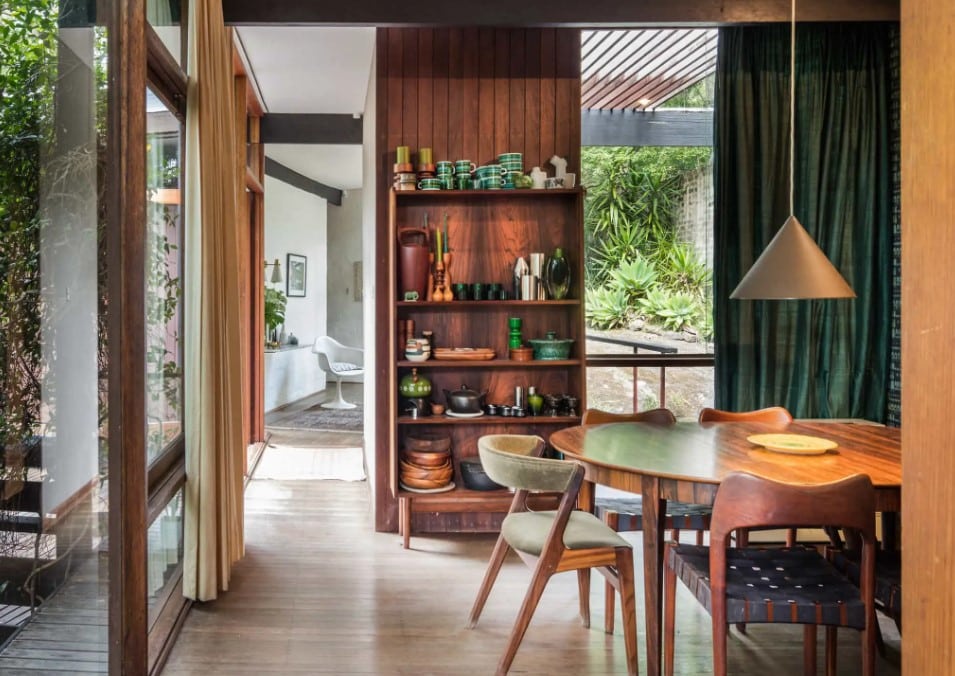
What is Mid-Century Modern Design?
The post-war design era saw homes become more functional and less formal and new materials became available which enabled home items to become mass-produced. Plastics, metal and fabrics were easier and cheaper to manufacture and almost all of the most iconic designs of the era made use of them.
Mid-century modern is characteristically simple with clean lines and material choice came before fussy design elements. Teak was the wood of choice and bright accent colours were used to inject life into otherwise austere surroundings. Floral patterns and botanical motifs all but disappeared as Mid-century modern marched in with its plain yet powerful statement furniture – and it’s the furniture that almost defines the era. You’d find it almost impossible to go to a furniture store which doesn’t have at least one piece influenced by this design period.
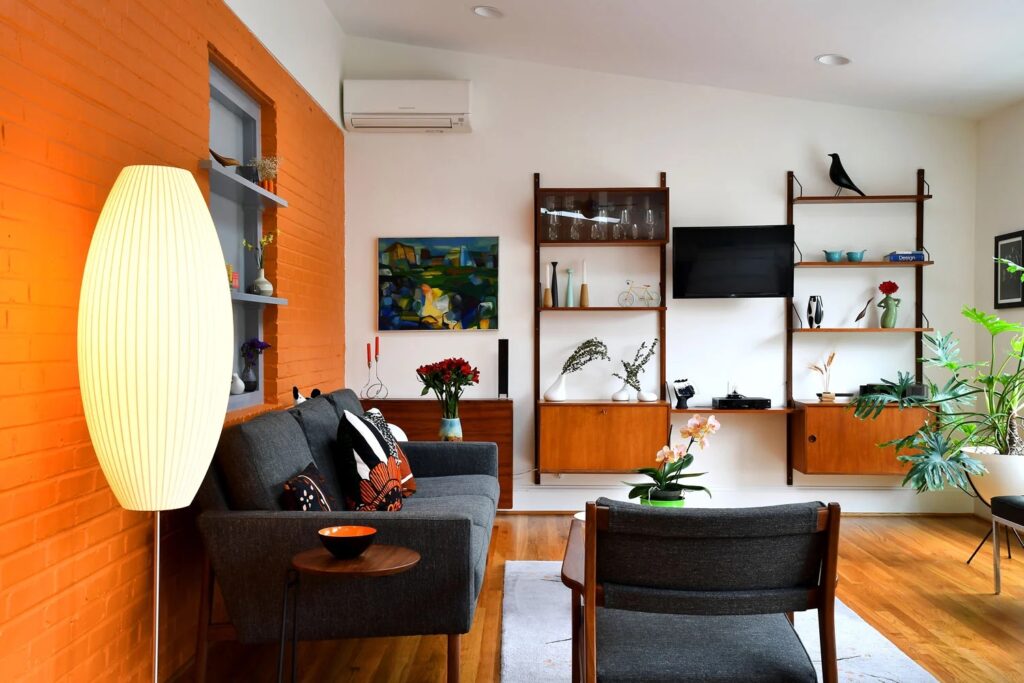
Mid-Century Modern Characteristics:
- Clean lines – curves and straight with no elaborate details
- Man-made materials – metal, glass, plastic and fiberglass
- Rich wood tones – Teak and rosewood
- Solid colours – no motifs, florals and no small printed patterns
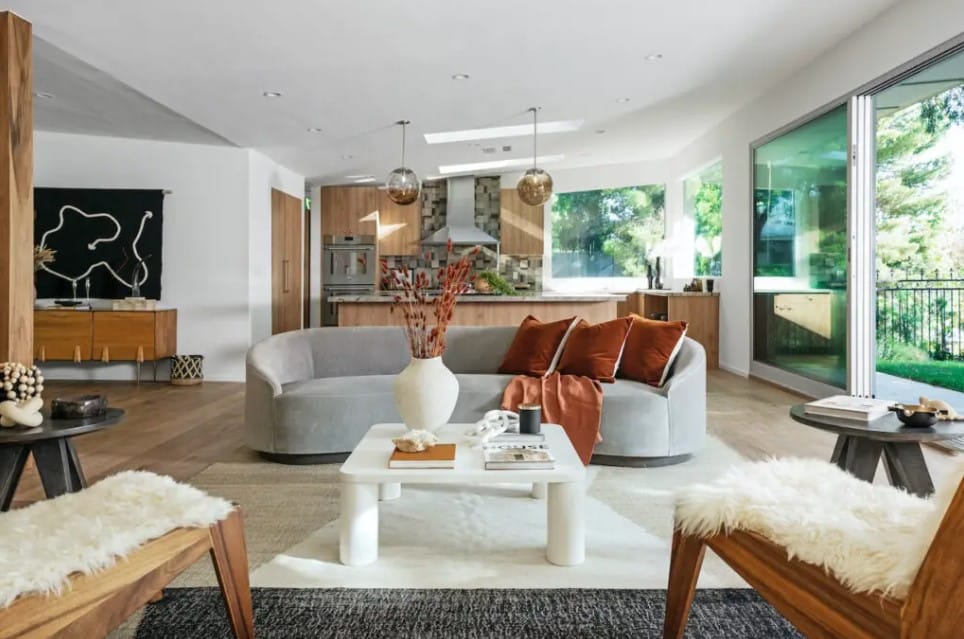
Key Mid-Century Modern Influencers:
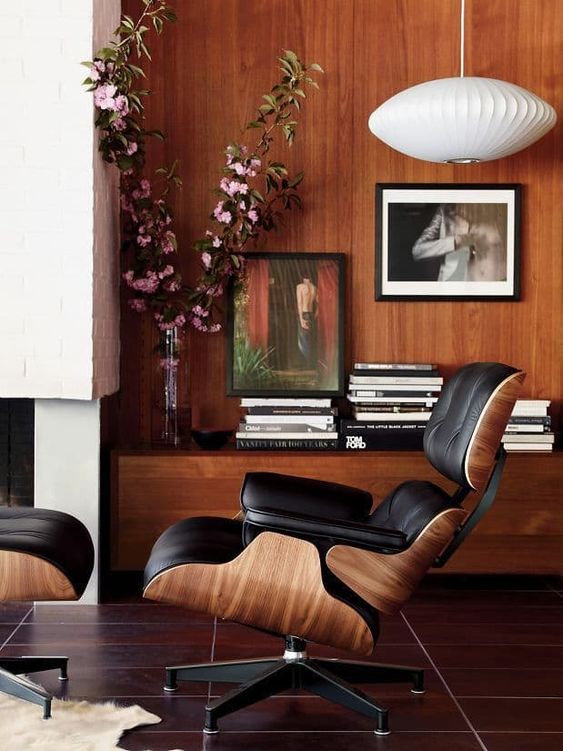
The Eames Chair
One of the most iconic designs attributed to the mid-century modern era is the Eames chair. Released in 1956, the chair was made of plywood, rosewood veneer and leather. It took the husband-and-wife duo, Charles and Ray years to perfect the design which is still being produced some 60+ years later.
The Eames style epitomises mid-century modern design and many of their creations have been copied and reproduced ever since.
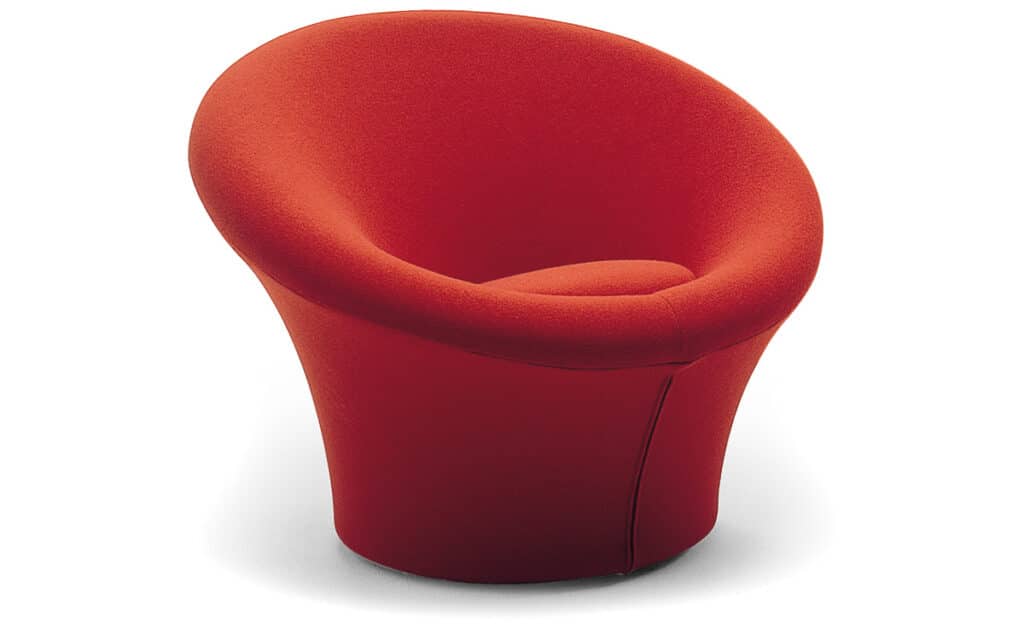
Pierre Paulin
Despite becoming known as an influential interior designer, Paulin was at heart a furniture designer. He was fascinated in the relationship between the body and furniture and interior design became a channel for this passion. His work with the Mobilier National and manufacturer Artifort saw him develop materials and techniques which would revolutionise furniture design forever. His ergonomic designs were often single pieces which were created to be comfortable and beautiful.
His Mushroom Chair, Tulip and Ribbon chairs are still produced by Artifort.
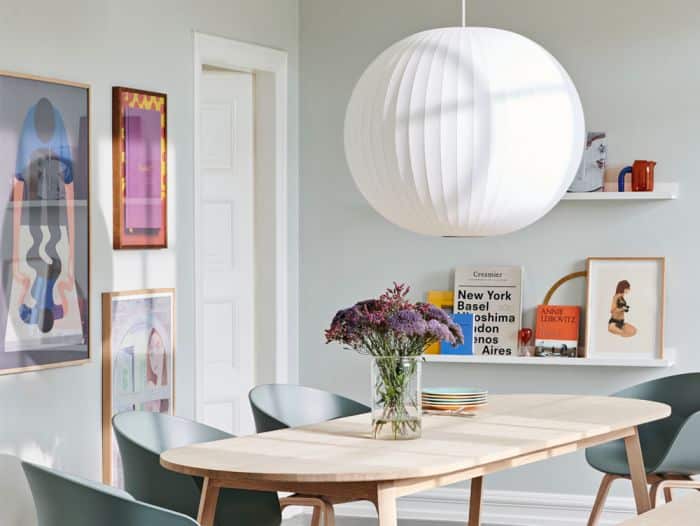
George Nelson
With degrees in both architecture and fine art, George Miller became a founder of American modernist design. It was Nelson’s belief that a designers work should ’better the world’ and many of his design principles exist in our homes without us even realising it.
In his 1940 book Tomorrow’s House, Nelson coined the phrase “family room” and introduced the storage wall. Without these two concepts, IKEA’s product portfolio would be halved.
George Nelson’s work with furniture company Herman Miller saw some of the most iconic mid-century pieces go into production. The Bubble Lamp and Ball Clock have both spawned a million replicas but are still being sold by Herman Miller and Vitra respectively.
This great write-up on Architectural Digest gives more detail on the development of the Bubble Lamp.

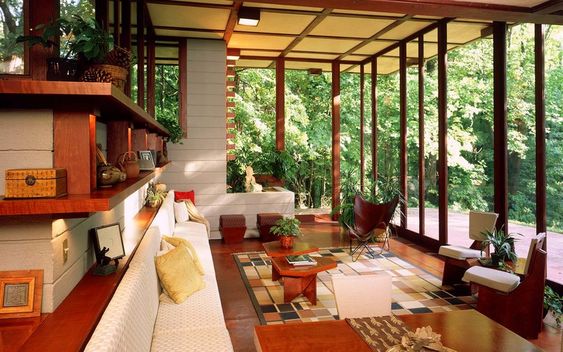
Frank Lloyd Wright
Despite passing away at the beginning of the mid-century modern design period, Frank Lloyd Wright’s work has come to epitomise the era. Acknowledged by the American Institute of Architects as ‘the greatest American architect of all time’, Frank Lloyd Wright turned the world of architecture upside down, or more inside-out. Rather than see a building’s exterior as separate to its interior, Lloyd Wright saw a structure as a whole. His use of new modern materials and linear design elements decades before MCM saw him influence many of the others mentioned above.
Frank Lloyd Wright’s ethos had a direct impact on the work of some of the best-known architects and designers of the period and many trained with him before his death in 1959. He was a visionary. A forefather of the mid-century modern movement who continues to inspire intrerior designers and architects.
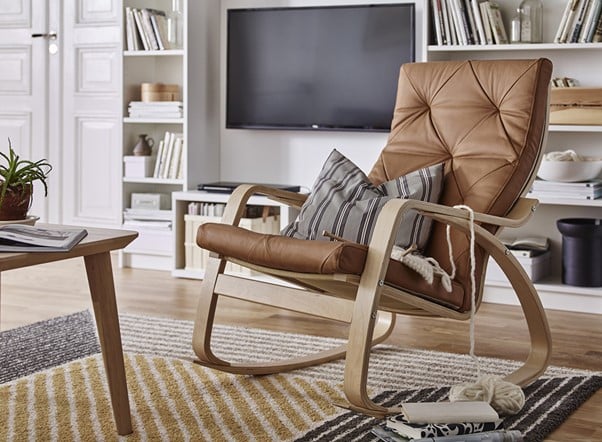
Mid-Century Modern Influences
As much as mid-century style continues to influence modern design trends, we have taken one element and all but ignored another. One of the interesting takeaways from the mid-century modern era is how it embraced man-made materials. Mid-century modern continues to heavily influence furniture design and interiors, but we’ve shunned the man-made part of the aesthetic. In a time where we’re focussing on sustainable choices, it’s the natural materials and more simple manufacturing processes that continue to have relevance. The Frank Lloyds Wright ethos, where a building and interior should be as one.
Original mid-century modern furniture pieces attract high prices, whereas Victorian and Edwardian antique values have dropped. The success of companies inspired by the era has seen furniture mass-produced for homes all over the world.
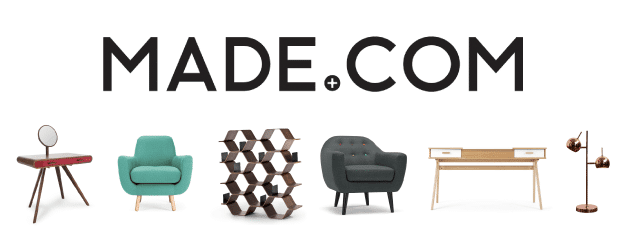
Made.com made millions off the back of mid-century modern style. Heal’s, Swoon, Habitat all feature MCM designs in their core product range. But it’s global homewares giant IKEA who has benefitted most from imitating the designs of the mid-20th century. From their POANG chair to the budget REGOLIT lampshade, their storage solutions to the TOBIAS seat, IKEA has successfully integrated mid-century ideas into the 21st century modern home.
IKEA’s homage to the mid-century modern style isn’t accidental or as cynically commercial as it looks. The origins of Scandi are found in the same design period. Functionalism was described as ‘beautiful objects in everyday life’ by the Swedish Design Society and they were inspired by…..Frank Lloyd Wright. We’ll be looking at the origins and impact of Scandi style in our next History of Interior Design blog.

